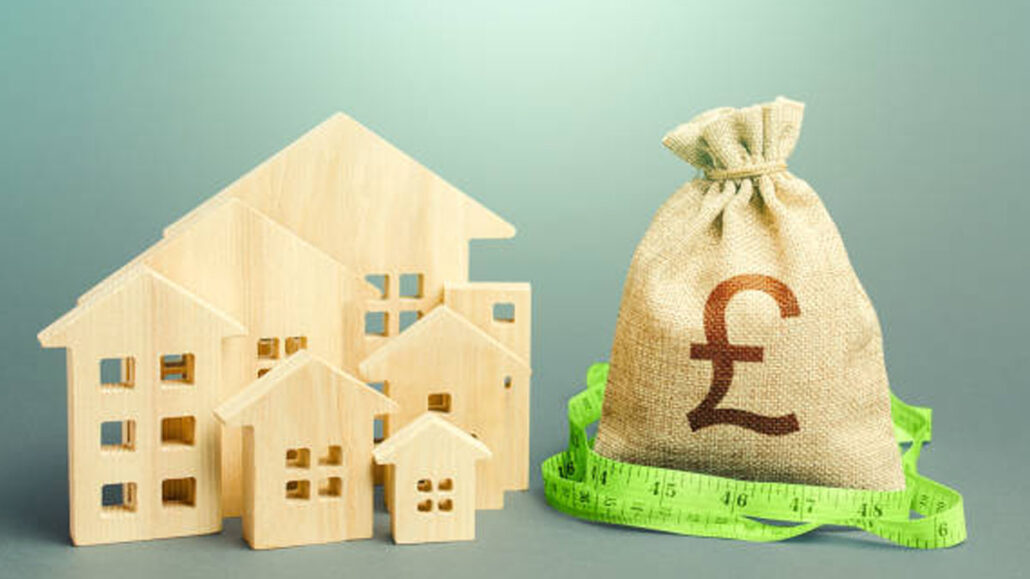The 30-year fixed-rate mortgage is a cornerstone of the American housing market, offering stability and predictability for millions. This comprehensive guide delves into the intricacies of this popular loan type, providing you with the knowledge to make informed decisions. We’ll explore its advantages, potential drawbacks, the factors influencing current rates, and actionable strategies for securing the most favorable terms. Whether you’re a first-time buyer or a seasoned investor, understanding the 30 year fixed rate mortgage is crucial for navigating the complexities of real estate financing.

Understanding the 30 Year Fixed Rate Mortgage
What is a 30 Year Fixed Rate Mortgage?
A 30-year fixed-rate mortgage is a loan where you borrow money to buy a home and repay it over 30 years. The “fixed rate” means your interest rate remains constant throughout the loan term, ensuring your monthly payments (principal and interest) stay the same.
Key Terms:
- Principal: The original loan amount.
- Interest: The cost of borrowing the money.
- Fixed Rate: An interest rate that does not change.
- Amortization: The process of paying off debt over time.
Benefits of a 30 Year Fixed Rate Mortgage
- Predictable Monthly Payments: Budgeting becomes easier with consistent payments, shielding you from interest rate fluctuations.
- Lower Monthly Payments: Compared to shorter-term mortgages (e.g., 15-year), 30-year loans typically have lower monthly payments, improving affordability.
- Financial Stability: Long-term stability allows for better financial planning and investment strategies.
- Home Equity Growth: As you pay down the principal, you build equity in your home.
Potential Drawbacks
- Higher Total Interest Paid: Over 30 years, you’ll pay significantly more interest compared to shorter-term loans.
- Slower Equity Accumulation: The initial years of the loan primarily focus on paying interest, leading to slower equity growth.
- Long-Term Commitment: Committing to a 30-year loan requires careful consideration of your long-term financial stability.
Factors Influencing 30 Year Fixed Mortgage Rates
Economic Indicators
- Federal Funds Rate: The rate at which banks lend to each other, set by the Federal Reserve.
- Inflation: Higher inflation often leads to higher mortgage rates.
- Treasury Bond Yields: Mortgage rates are closely tied to 10-year Treasury bond yields.
- Economic Growth: A strong economy can increase demand for housing and, consequently, mortgage rates.
Lender-Specific Factors
- Credit Score: Higher credit scores typically qualify for lower rates.
- Down Payment: A larger down payment can reduce risk for lenders, resulting in better rates.
- Debt-to-Income Ratio (DTI): Lower DTI ratios demonstrate financial stability and improve rate eligibility.
- Loan-to-Value Ratio (LTV): A lower LTV (higher equity) reduces risk for lenders.
Current Market Conditions
- Provide up-to-date information on current average 30-year fixed mortgage rates.
- Discuss any recent trends or market shifts.
- Mention resources for tracking current rates (e.g., Freddie Mac, Bankrate).
How to Qualify for a 30 Year Fixed Rate Mortgage
Credit Score Requirements
- Minimum Credit Score: Generally, a minimum credit score of 620 is required, though higher scores (740+) yield better rates.
- Importance of Credit History: Maintain a clean credit report with on-time payments.
Down Payment Considerations
- Minimum Down Payment: While some programs allow as little as 3% down, 20% is ideal to avoid private mortgage insurance (PMI).
- Down Payment Assistance Programs: Explore available programs for first-time homebuyers.
Debt-to-Income Ratio (DTI)
- Ideal DTI: Lenders typically prefer a DTI of 43% or lower.
- Calculating DTI: Divide your total monthly debt payments by your gross monthly income.
Documentation Needed
- Proof of Income: Pay stubs, tax returns, W-2s.
- Asset Verification: Bank statements, investment account statements.
- Credit History: Credit reports from major bureaus.
- Identification: Driver’s license, social security card.
Tips for Securing the Best 30 Year Fixed Rate Mortgage
Shop Around and Compare Lenders
- Get Multiple Quotes: Compare rates and terms from various lenders.
- Consider Credit Unions and Online Lenders: Explore alternative lending options.
Improve Your Credit Score
- Pay Bills on Time: Maintain a consistent payment history.
- Reduce Debt: Pay down existing debt to lower your DTI.
- Correct Errors on Credit Reports: Dispute any inaccuracies.
Save for a Larger Down Payment
- Increase Savings: Aim for a 20% down payment to avoid PMI and secure better rates.
- Explore Gift Funds: Some programs allow gift funds from family members.
Consider Mortgage Points
- What are Mortgage Points? Prepaid interest that can lower your interest rate.
- Calculate the Break-Even Point: Determine if paying points is financially beneficial in the long run.
Lock in Your Rate
- Rate Lock Period: Secure a rate for a specific period while your loan is processed.
- Monitor Market Trends: Stay informed about potential rate fluctuations.
FAQ’s
Is a 30-year fixed-rate mortgage a good option for first-time homebuyers?
Yes, it’s often a good choice due to its lower monthly payments and predictability, making budgeting easier.
What is the difference between a 30-year fixed-rate and a 15-year fixed-rate mortgage?
A 30-year mortgage has lower monthly payments but higher total interest paid, while a 15-year mortgage has higher monthly payments but lower total interest paid.
How much down payment do I need for a 30-year fixed-rate mortgage?
While you can put down as little as 3%, a 20% down payment is recommended to avoid PMI and secure a better interest rate.
Can I refinance a 30-year fixed-rate mortgage?
Yes, you can refinance to take advantage of lower interest rates or change the loan term.
How do I calculate my monthly mortgage payment?
You can use online mortgage calculators or consult with a lender. The calculation involves principal, interest, property taxes, and homeowners insurance.
What credit score do I need for a 30-year fixed-rate mortgage?
Lenders typically prefer a credit score of 620 or higher, but higher scores often qualify for better rates.
What is PMI and how can I avoid it?
PMI (Private Mortgage Insurance) is required when you put down less than 20%. You can avoid it by making a 20% down payment or by refinancing after you’ve built enough equity.
Are 30 year fixed rate mortgages only for residential homes?
No, 30 year fixed rate mortgages can be used for investment properties as well, although the terms and qualification requirements can differ.
Conclusion
The 30-year fixed-rate mortgage remains a popular and reliable path to homeownership. By understanding the intricacies of this loan type, you can make informed decisions that align with your financial goals. Carefully evaluate your financial situation, shop around for the best rates, and work with reputable lenders to secure a mortgage that sets you up for long-term success and financial stability.

